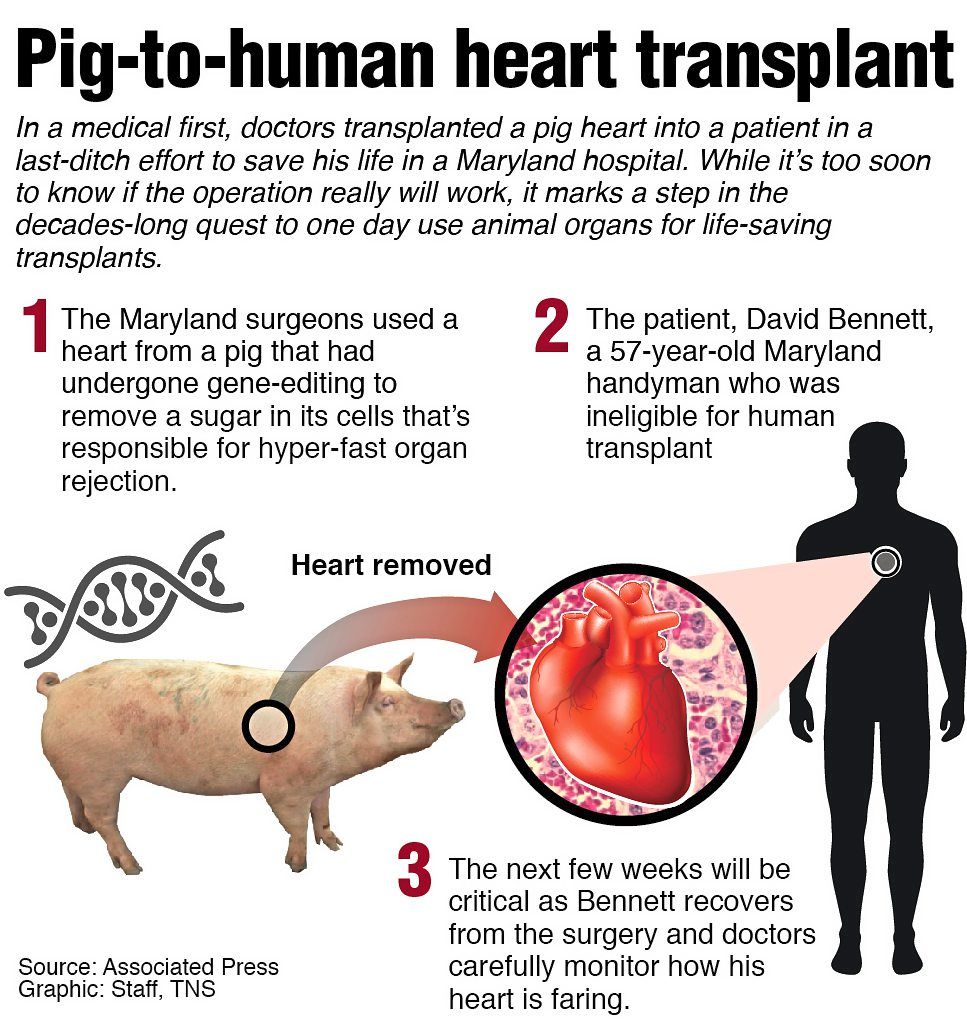Pig hearts could soon be a viable option for those with certain heart conditions. — 123rf.com
Heart surgeons in Germany say they will be able to perform the first pig heart transplant on a human at a Munich hospital in two years at the most, with the outcome expected to be better than in the world’s first pig heart transplant last year.
“We are in the final phase,” heart surgeon Bruno Reichart, a member of the research team at the University Hospital Grosshadern, told dpa.
“We have tried everything – except for our own pigs,” Reichart explained.
For the purpose of the operation, small animals from New Zealand have been genetically modified, Reichart says.
“But there is still one important component missing, and we are working on that.”
The animals need to weigh only 70 to 90kg.
Otherwise, the heart would be too big for a human.
After the modifications, there would first have to be tests on baboons, said the 80-year-old researcher, who has been working in this field for decades.
The monkeys should be able to survive for one year before a pilot study on humans is started, for which clinical approval is still needed.
Transplanting organs from one species to another, a process known as xenotransplantation, took a leap forward last year when surgeons in Maryland in the United States undertook the world’s first transplantation of a pig’s heart into a human.
The fact that the patient survived at all for two months afterwards, given his pre-existing conditions, was a good result, Reichart said.
After decades of xenotransplantation research, experts now believe pig hearts could soon be a viable option for those with certain heart conditions.
Reichart, the heart surgeons Christian Hagl and Paolo Brenner and the veterinarian Eckhard Wolf from the Gene Center at LMU are among the world’s leading teams in research with donor organs from animals.
Seven years ago they started successful experiments with baboons, which survived three to six months in good health before being killed.
“My intention is for things to go better than they did in Maryland a year ago,” Reichart said.
He no longer operates himself.
“But I would like to be there.” – dpa






